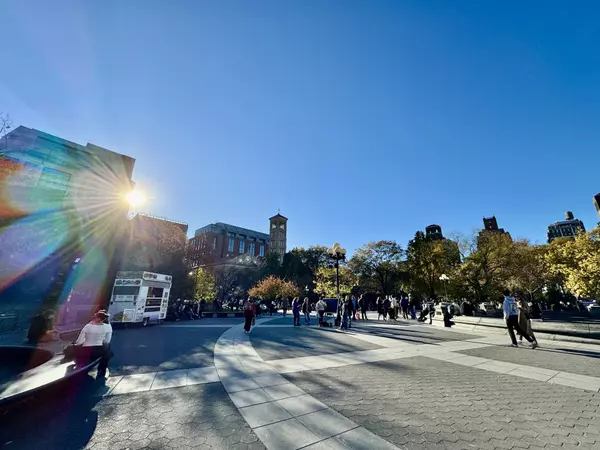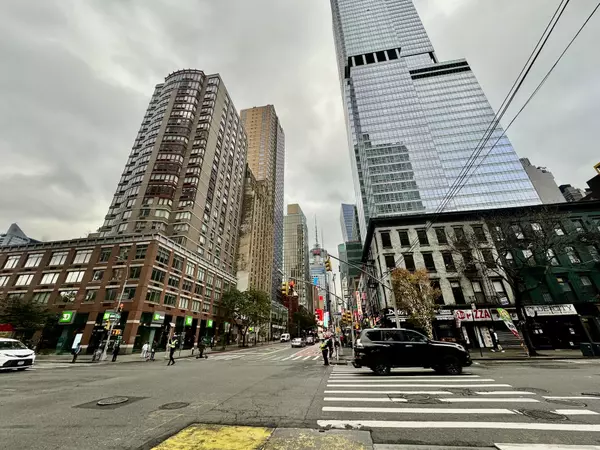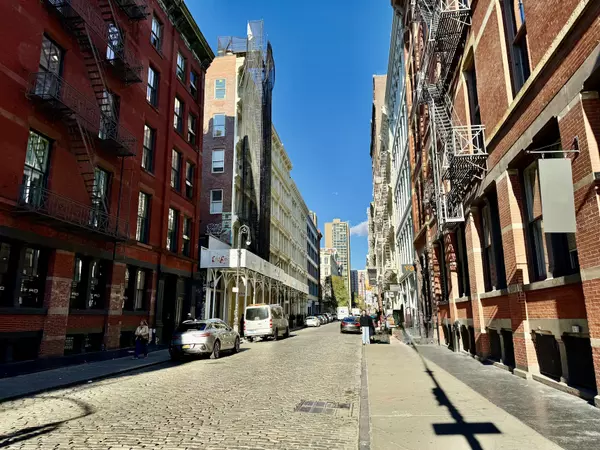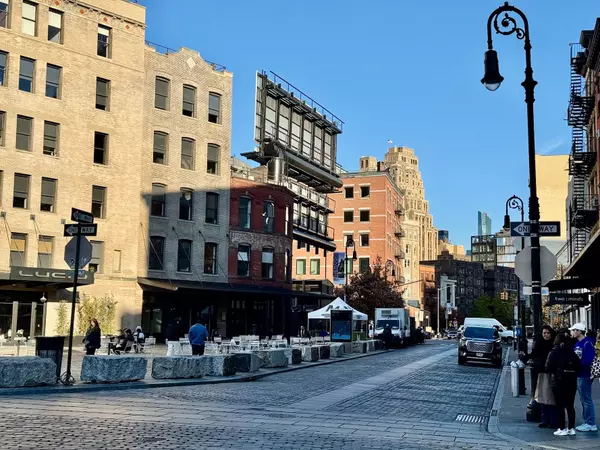Elegran Manhattan Market Update: August 2022

Overall Manhattan Market Update: August 2022
Manhattan real estate, measured by contract activity, slowed down considerably in July, with 22% fewer contracts being signed compared to the prior month. While the contract activity trends may lend itself to a short term pessimistic outlook on Manhattan real estate, buyer activity in the form of inquiries, showings and offers picked up in the second half of July. Has the market seen the low in terms of buyer demand? It’s too early to be certain, however there are positive signals at play.
With the stock market experiencing the best month since 2020, interest rates stabilizing and declining and the 10-year treasury down nearly 100 basis points from its peak, some buyers are starting to pay attention to Manhattan real estate again. Buoyed by rising rents and a momentary window of opportunity for buyers, investors (and especially liquid cash buyers) are exploring opportunities to invest in Manhattan.
Manhattan offers relative value compared to the rest of the US as Manhattan saw only a 15% gain since the start of COVID compared to 50% plus in many other markets. Manhattan’s gain of roughly 7% per year is healthy, sustainable and relatively in-line with Manhattan’s long-term annual appreciation average. While other markets such as Austin, Boise, Phoenix and Tampa receive attention grabbing headlines of 50 or 75% price appreciation, what’s omitted is the lack of sustainability of such appreciation. Many markets that saw rapid appreciation are beginning to see prices drop as buyer demand cools nationwide. From a historical perspective, Manhattan has often proven to be a more stable market. While it may not appreciate the most in a specific timeframe, it also does not fall as much. For these reasons, Manhattan continues to be a AAA investment option for real estate and presents investors with an opportunity to trade out of real estate holdings elsewhere at elevated price, and into Manhattan real estate at a compelling point of entry.
Buyers active in today’s market are experiencing less competition in the marketplace compared to earlier this year, however, supply is also decreasing as fewer new homes typically come to market in the summer and 20% more sellers took their homes off-market in July than June. Overall supply decreased 5.5% in July to 7,199 homes for sale.
Sellers need to continue to price their homes accurately for the market and pay close attention to homes both on the market and those recently taken off the market. Homes that were recently taken off the market can often be a good indicator of what may have been priced too high, as sellers who may not be getting their price in the summer months take their homes off the market until after Labor Day, which begins the traditional fall activity uptick and when new-to-market inventory typically rises.
Manhattan Supply
Total supply decreased by 5.5% in July to 7,199 units for sale. In July, 1,174 new listings came to the market, which is an average number of new-to-market listings in July over the last decade excluding 2020. Nearly 20% fewer units came to market this July than in June 2021.
Note: “Total Supply” refers to the amount of inventory on the market at a given time. “New Supply” or “New-to-Market” refers to the amount of new inventory that came on the market in a specific time period.
Manhattan Buyer Activity as measured by signed contracts, fell below the historical average in July after nineteen consecutive months of above-average transaction volume. This July, 819 contracts were signed, compared to a historical average of 925 contracts signed in July. This month saw the fewest contracts signed since September 2020, nearly two years ago.
Manhattan Monthly Contract Activity
Pricing & Discounts
Manhattan prices, after hitting a short-term peak in March and April, have trended down slightly since then. In July, Manhattan’s median sales price was $1,175,000, a decrease of 4.1% from June and a decrease of 6% from last year. Manhattan’s median price per square foot was $1,419 in July, a decrease of 1.7% from June and an increase of 2.9% from last year. The median listing discount also declined in July to 2.3%, which is a decrease of 11.5% from last month and a decrease of 49% from last year.
The percentage of homes offering discounts and the median listing discount also decreased in July compared to the prior three months. Since the summer months are traditionally slower, sellers don’t typically reduce their prices in the summer months, rather they may either take their home off the market or wait until after Labor Day, when activity increases, to reduce their price to spur more activity.
The lack of sellers dropping their prices underscores the health of the current market in that sellers are not panicking and cutting their price to meet a buyer’s low bid.
What this means for…
Buyers:
- Buyers are experiencing less competition in the marketplace than they did earlier this year.
- Supply is also decreasing so there is less choice for buyers and new supply will likely trickle in until after Labor Day.
- Market activity in the form of buyer inquiries, showings and offers picked up in the second half of July after a quiet end of June and first half of July.
- Interest rates have stabilized and even decreased a bit and buyers who pressed pause earlier this summer may want to revisit buying heading into the fall.
Sellers:
- Consider listing before Labor Day, when more inventory is expected to come to market, to stand out to buyers in the market who are eager for fresh listings.
- Pay attention to homes that were taken off the market, as that can be a good indicator of what may have been priced too high.
- Prices peaked in March and April. Sellers need to be realistic about their pricing and apply a 2–5% discount to comps that sold earlier this year.
- Sellers who are not commanding their desired sales price should consider renting their home instead, at least for a year or two, and capitalize on the strong rental market and high rents.
Renters:
- The rental market is as competitive as ever with rents continuing to rise higher.
- Supply of rental apartments in Manhattan rose approximately 11% in July; however, demand increased substantially creating more competition amongst tenants.
- Much of the new-to-market rental supply is coming from tenants who received Covid-era rent prices and are now priced out of the apartments as their renewal rents skyrocketed.
- Asking rents are approximately 20% higher than in 2020 and 2021 and approximately 5% higher than in 2018 and 2019.
Investors:
- Current market conditions create an opportunity for cash-investors (who are either liquid, or able to trade out of another real estate investment) to invest in Manhattan real estate.
- Manhattan presents relative value compared to other national markets that experienced sharp price appreciation over the last 24-months and is a more stable investment option.
- The strong rental market may create a price floor for sales prices, offering sellers the option to rent their home for 1–2 years if they are unable to command their desired sales price.
Please contact us if you would like to learn more …
Categories
Recent Posts










Stay in the Know!
Sign up to receive our monthly newsletter
GET MORE INFORMATION



